Exploring the Eerie Echoes of St. Albans Sanatorium
In the idyllic landscapes of Virginia, where nature whispers through rolling hills and babbling streams, lies the enigmatic St. Albans Sanatorium. This architectural marvel, cloaked in ivy, cuts a silent figure against the rural backdrop—its storied past echoing through deserted halls. Here, the veil between the past and present thins, beckoning the bold and the curious to uncover its spectral secrets. Join us on a chilling journey into the heart of one of Virginia’s most haunted locales, where each shadow and whisper holds the weight of history.
A Chronicle of Transformation: From School to Sanatorium
St. Albans Sanatorium in Radford, Virginia, mirrors the evolution of societal attitudes towards education and mental health. Initially established as a boys’ school in 1892, it was later converted into a sanatorium in 1916, reflecting the burgeoning awareness and changing treatments of mental health issues. Over the decades, it has witnessed progressive yet controversial treatments. Despite its closure, the building’s legacy as a beacon of both hope and despair endures, now preserved as a monument to its complex history.
Echoes of the Past: Is St. Albans Sanatorium Haunted?
St. Albans Sanatorium’s haunted reputation is fueled by countless narratives of unexplained phenomena and eerie encounters. From shadowy figures glimpsed in peripheries to chilling EVP recordings, the sanatorium is a hotspot for paranormal investigators and enthusiasts alike. Whether these phenomena are spirited echoes of the past or mere figments of the imagination remains up for debate, offering an intriguing blend of history and mystery.
Catalogue of the Creepy: Reported Paranormal Activities at St. Albans
The tales of paranormal activities at St. Albans are as varied as they are chilling. Visitors report everything from sudden temperature drops and inexplicable noises to encounters with apparitions and physical interactions with unseen forces. These experiences contribute to the sanatorium’s status as one of the most intriguing haunted sites to explore.
Ghost Hunting at St. Albans Sanatorium
For those drawn to the thrill of the paranormal, St. Albans offers structured ghost hunting tours and overnight investigations. These experiences provide a unique opportunity to delve into the sanatorium’s haunted heritage, guided by experts familiar with its deepest secrets.
Gear Up: Recommended Equipment for Ghost Hunting
Proper equipment can enhance the ghost hunting experience. Tools such as EMF meters, infrared cameras, and audio recorders are essential for anyone serious about exploring paranormal activities, helping to capture and analyze unexplained phenomena.
St. Albans in Media: Paranormal Shows, Movies, and Books
The eerie allure of St. Albans has captured the imagination of many, making it a frequent subject of paranormal TV shows and literature. These portrayals help to contextualize the sanatorium’s spooky fame, offering both entertainment and insight into its haunted halls.
The Legacy Continues
As dusk falls over Radford, Virginia, the imposing silhouette of St. Albans Sanatorium stands as a monument to its own legend. Each visitor leaves with a story, contributing to the ongoing narrative of this mysterious location. Whether you’re a skeptic or a believer, the sanatorium offers a unique window into the intersecting worlds of history and the paranormal.
Connect with St. Albans Sanatorium
- Address: 6248 University Park Dr, Radford, VA, United States, Virginia
- Website: https://www.stalbansvirginia.com
- Facebook: Visit our Facebook Page
- Phone: (540) 260-3111
- Email: [email protected]

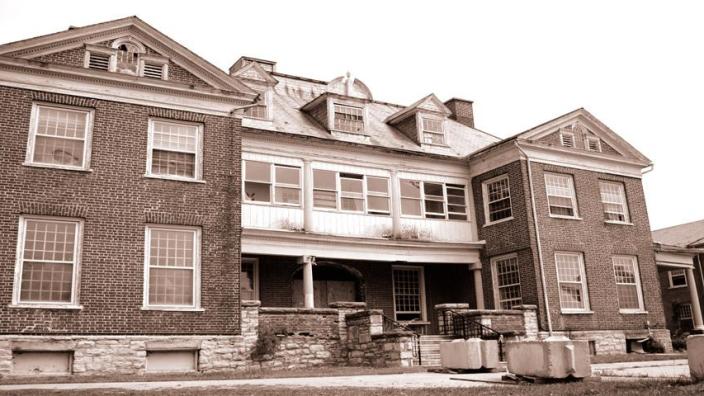
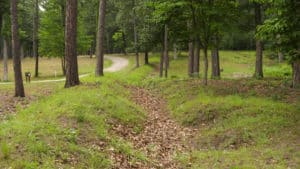
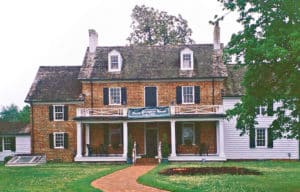


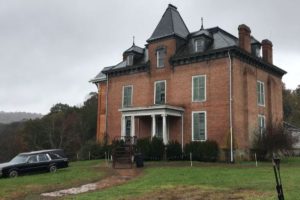
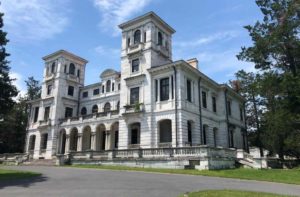
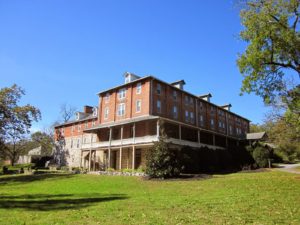
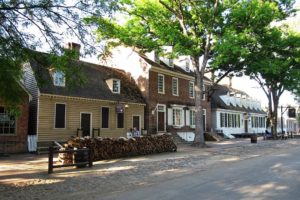
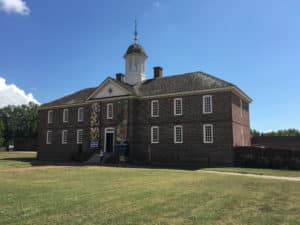
Leave a Reply